
Furka steam railway line reopens to fanfare
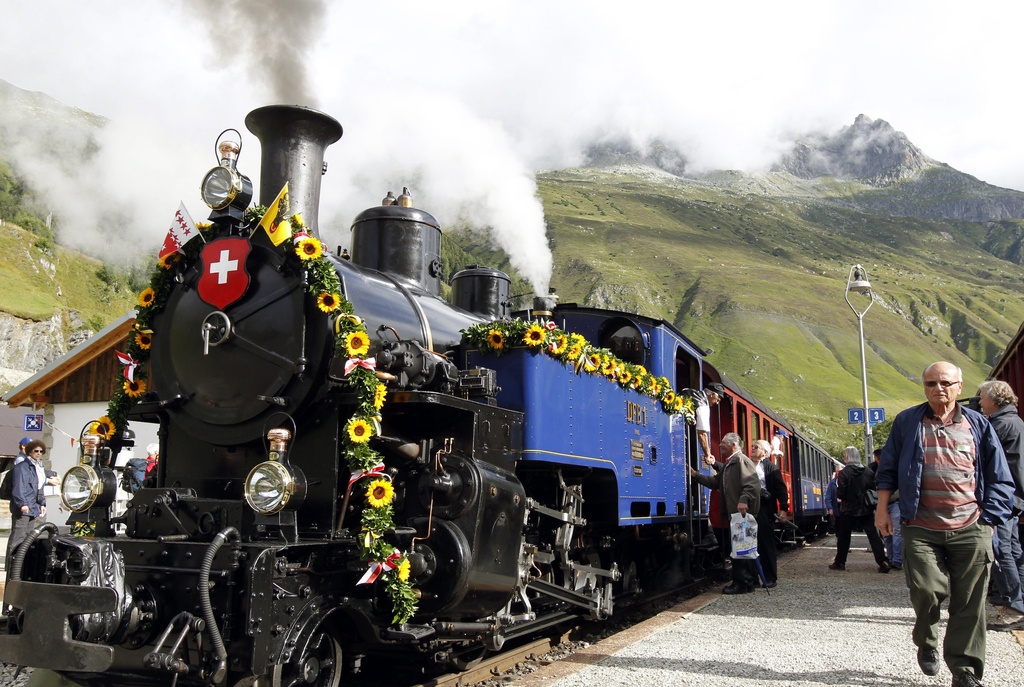
A classic stretch of a mountain railway line reopened on Thursday, with the first steam trains chugging their way along the old Furka tracks in nearly 30 years.
The successful revival of the Furka Cogwheel Steam Railway is a tribute to the persistence of thousands of train buffs, who volunteered time and money to resurrect the route.
“This is a fantastic moment,” exclaimed Peter Bernhard, manager of the railway, at the start of three days of celebrations.
The first train to make the journey on the entire length of the restored track was reserved for 120 so-called “pioneers” who spearheaded moves to save the line and restore it.
Politicians and other VIPs were invited to travel on the second train before the railway was opened to the public.
Thursday’s event marked the completion of the final stage of a long, arduous journey that began shortly after the spectacular stretch of railway line between the alpine villages of Gletsch and Realp was closed nearly 30 years ago.
Since this high-altitude section of track could not be used in winter, it was replaced in 1982 by a 15.4km tunnel.
Glacier
The tunnel enabled the year-round running of the cross-country Glacier Express tourist train, albeit no longer granting passengers a view of the Rhone Glacier, which gave the train its name.
The Furka Cogwheel Steam Railway Club was founded in 1983 to prevent the dismantling of the mountainous stretch of track and to put trains eventually back on the line.
But the reopening of the line was never certain – financial and regulatory hurdles had to be overcome and Swiss rolling stock that had been sold to Vietnam retrieved.
Eventually the club attracted thousands of members, from across Europe, who invested their own time – about 200,000 working hours – and millions of Swiss francs.
Vietnam
Key milestones were the registering of the Furka Cogwheel Steam Railway Company in 1985 to operate the line, and in 1990, the repatriation of steam locomotives from Vietnam.
The first length of track – no longer electrified – was reopened in 1992. Eventually other sections were opened, with the completion of the entire 17.8km stretch on Thursday.
The Glacier Express train will continue to pass this alpine section underground, while steam train buffs can now buy a separate ticket for the thrill of riding along the older, more breathtaking line.
The operators are hoping to attract many tour groups, which can journey by bus to Oberwald at the western end of the railway, board the train for the journey, and be picked up by bus again in Gletsch.
Even though the re-electrification of the line is under discussion, the small railway company is hesitant to move too quickly with any plans for upgrades.
The train can only be run on average 70 days of the year, and maintenance of the old rolling stock and tracks – susceptible to damage from rockslides and avalanches – is costly.
swissinfo.ch (With input from Gerhard Lob)
From the east, it begins at Realp in canton Uri (1,420m above sea level) and ends in Gletsch, canton Valais. First, the old steam engines climb the rack rail uphill along the Furkareuss river, crosses the Wiler bridge, through three tunnels and across the Steffenbach folding bridge.
The locomotive is filled up with water at the first stop in Tiefenbach. After the journey is resumed, the train crosses the Steinstafel viaduct before a short halt is made at the highest station, Furka (2160m). Then comes an 1,874m long tunnel before a stop at Muttbach-Belvédère. The descent into Valais begins with a gradient up to 118 pro mille. Soon, the Rhone Glacier comes into view.
The Glacier Express made the headlines on July 23 when a train derailed near Fiesch in canton Valais. One Japanese tourist died, and 42 other passengers – mostly Japanese – were injured.
An inquiry found that the train driver had been going about 20km above the permitted speed.
Federal investigators said he had accelerated too early, not allowing the whole train to cross a line marking the end of the 35km/h zone and the start of the 55km/h track.

In compliance with the JTI standards
More: SWI swissinfo.ch certified by the Journalism Trust Initiative
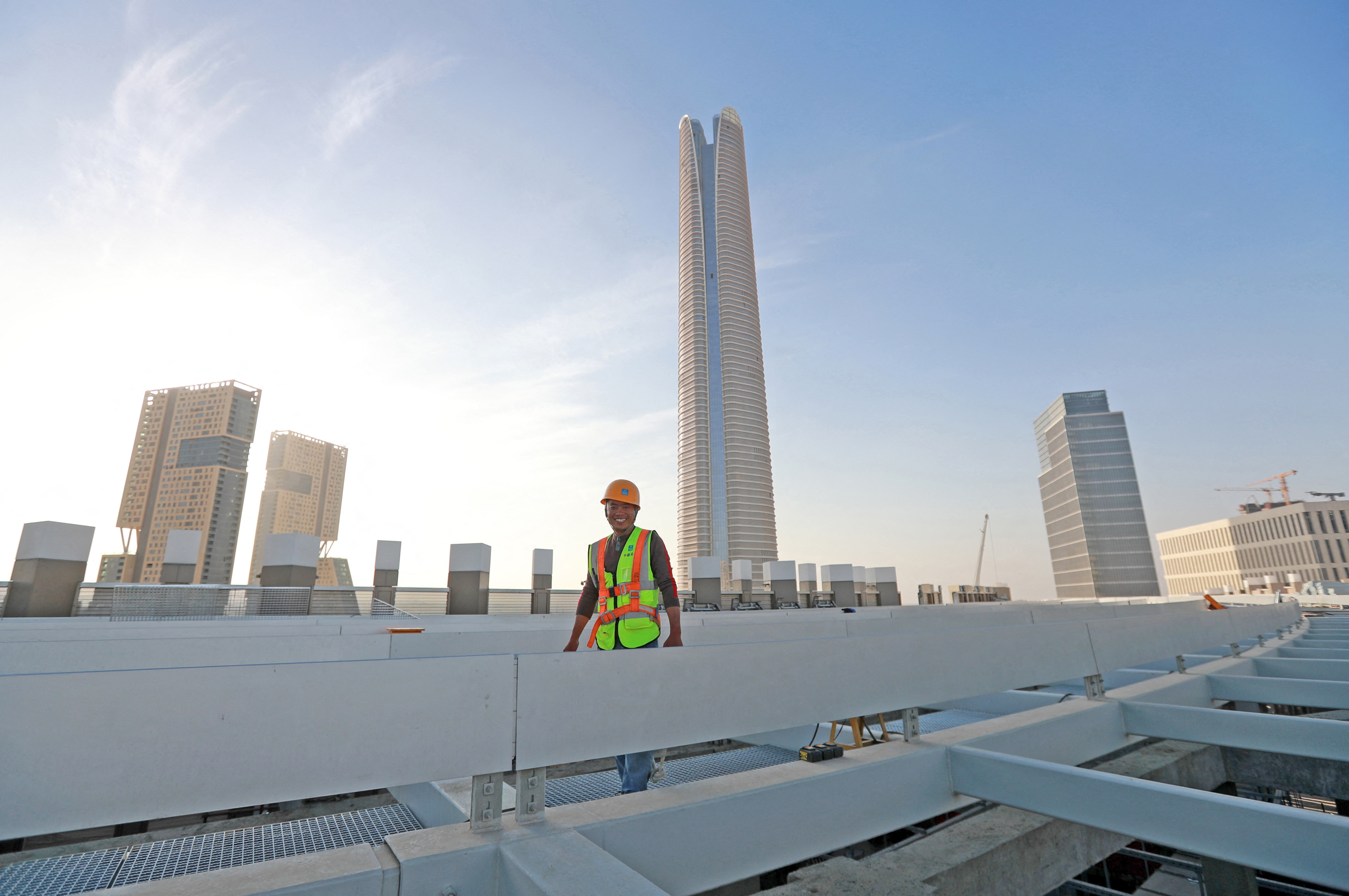









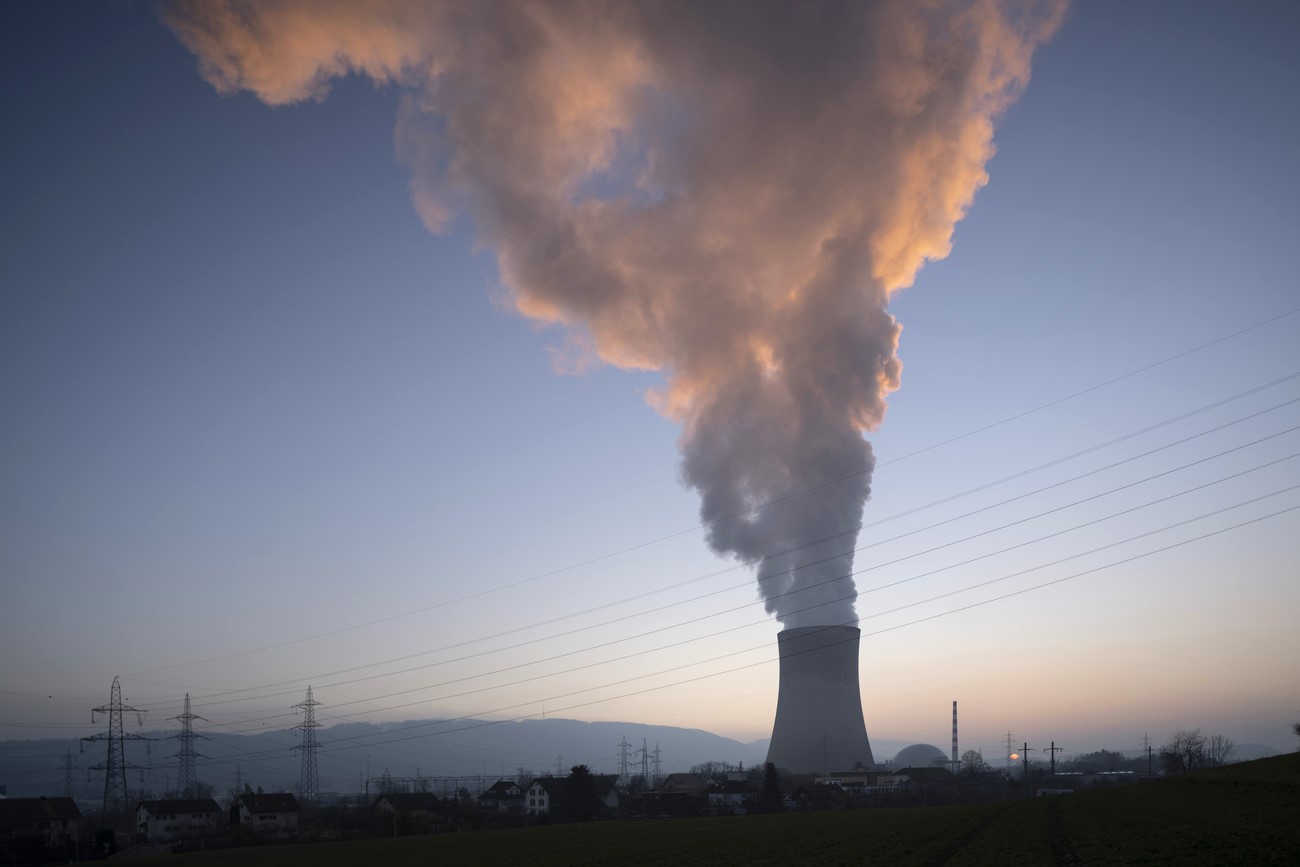
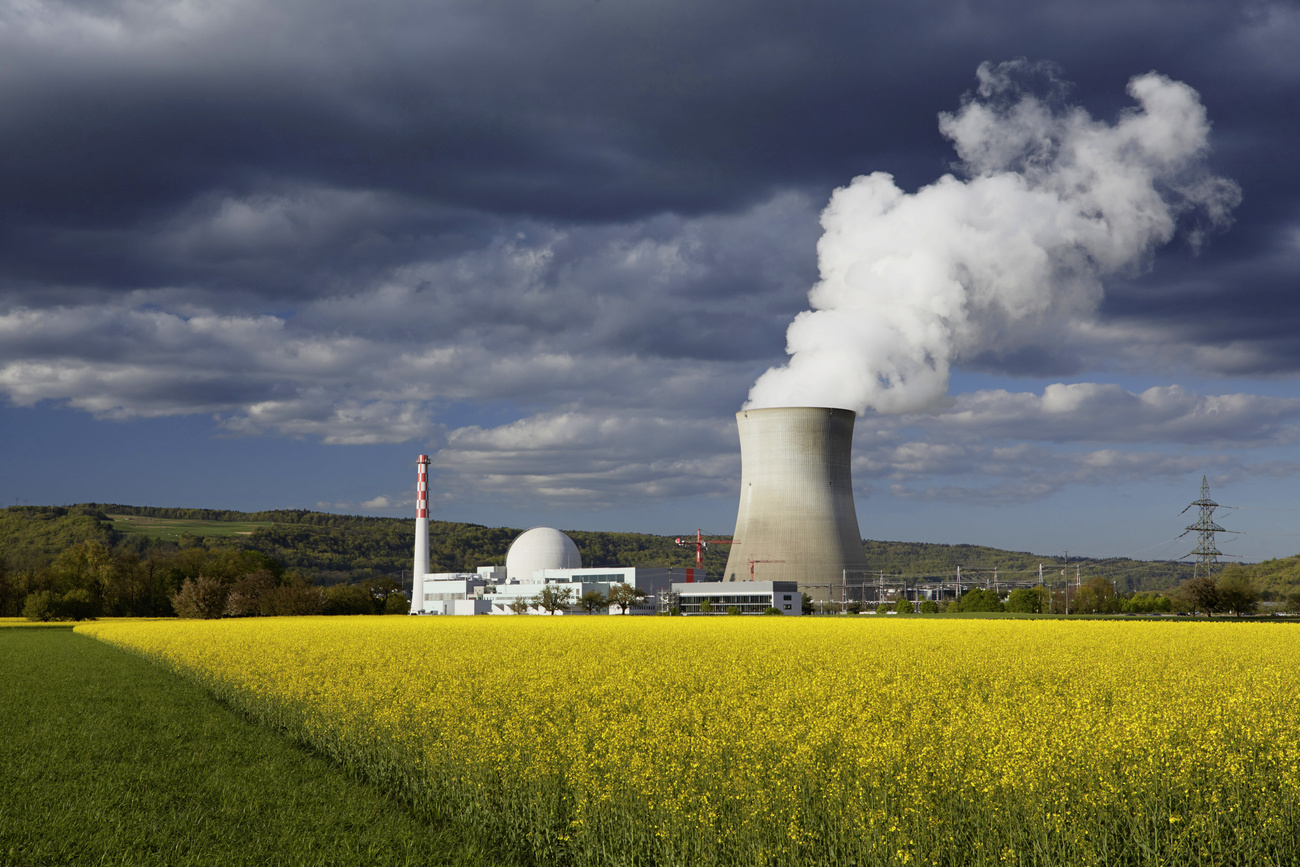




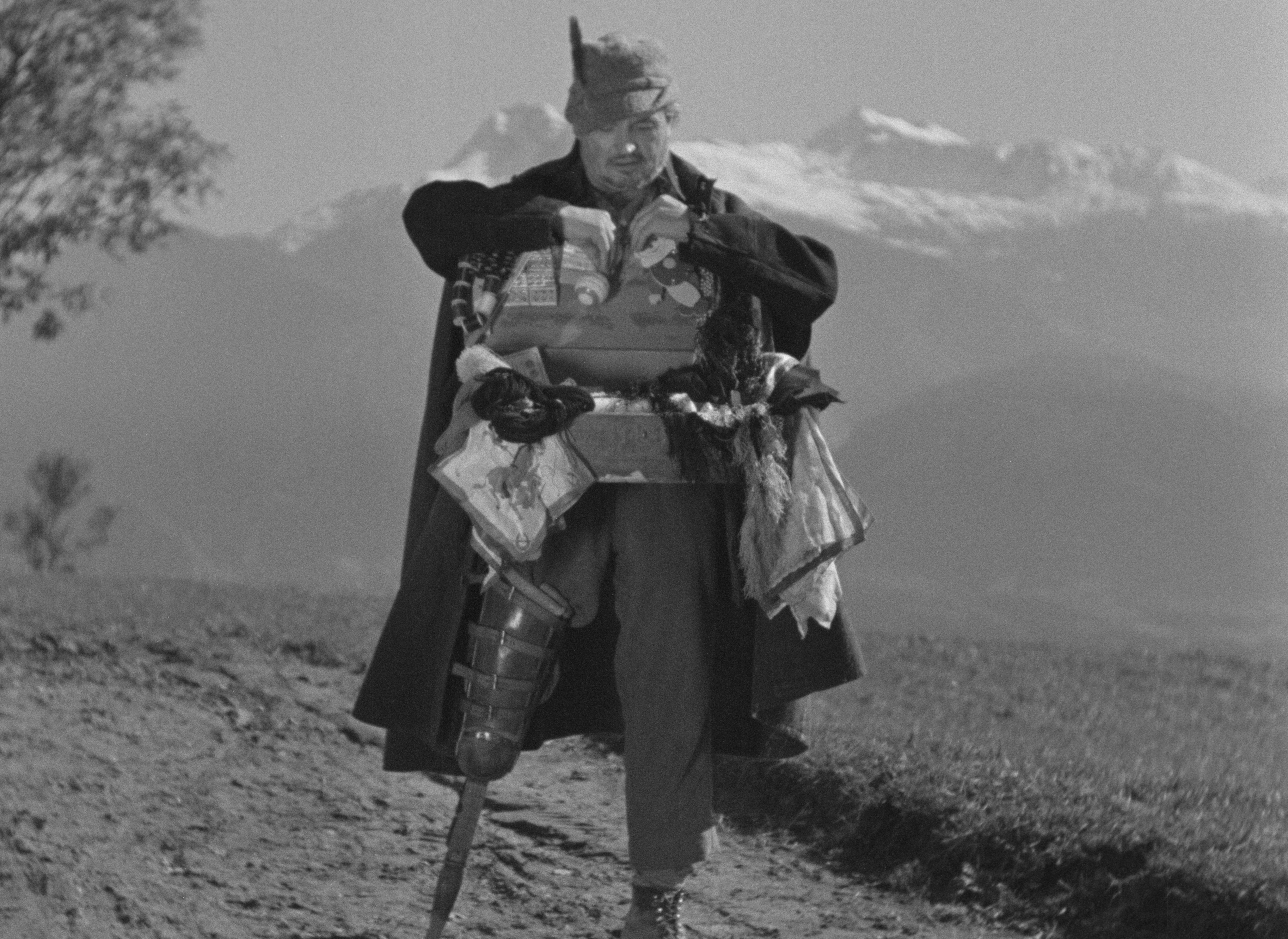









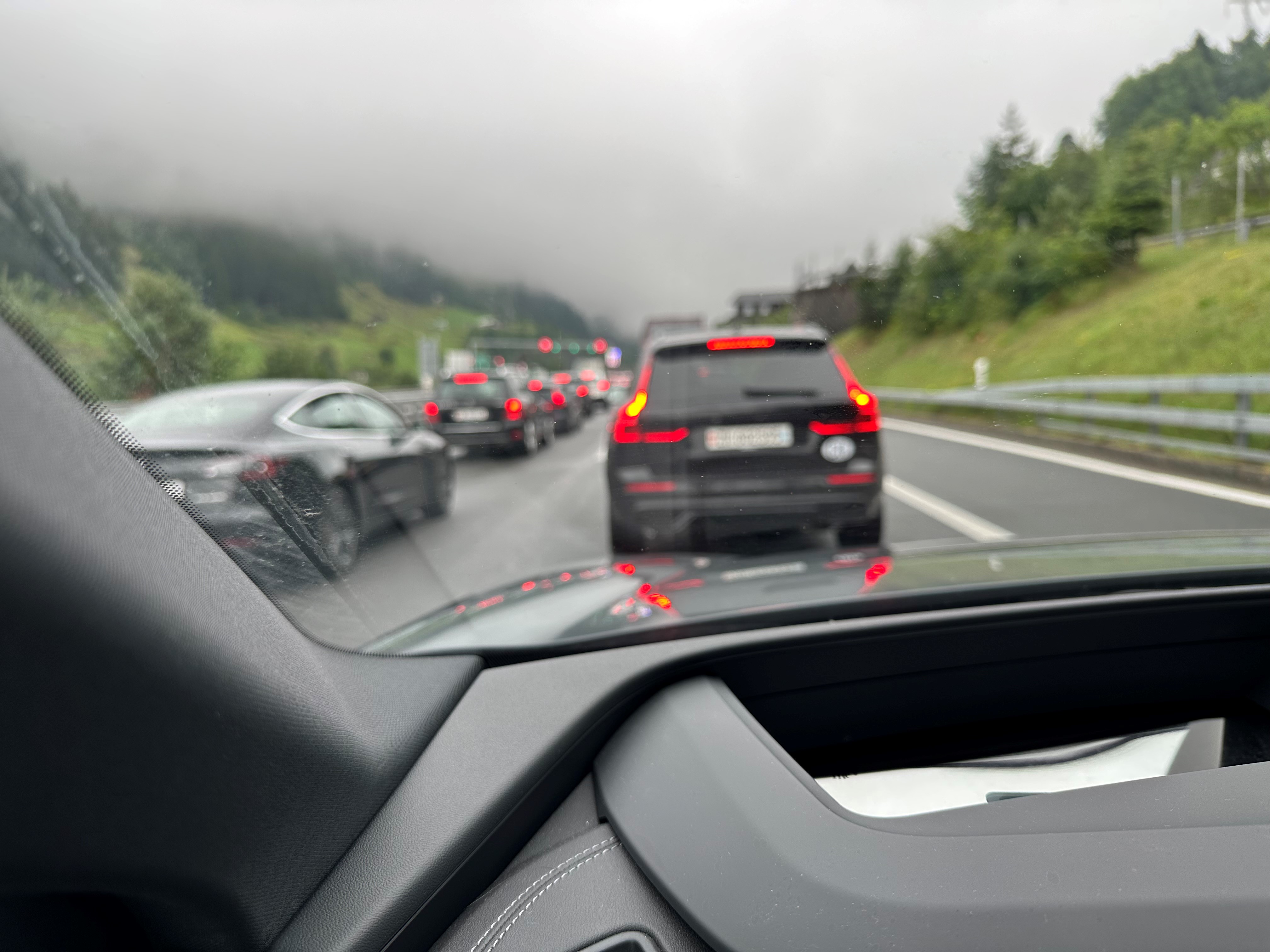









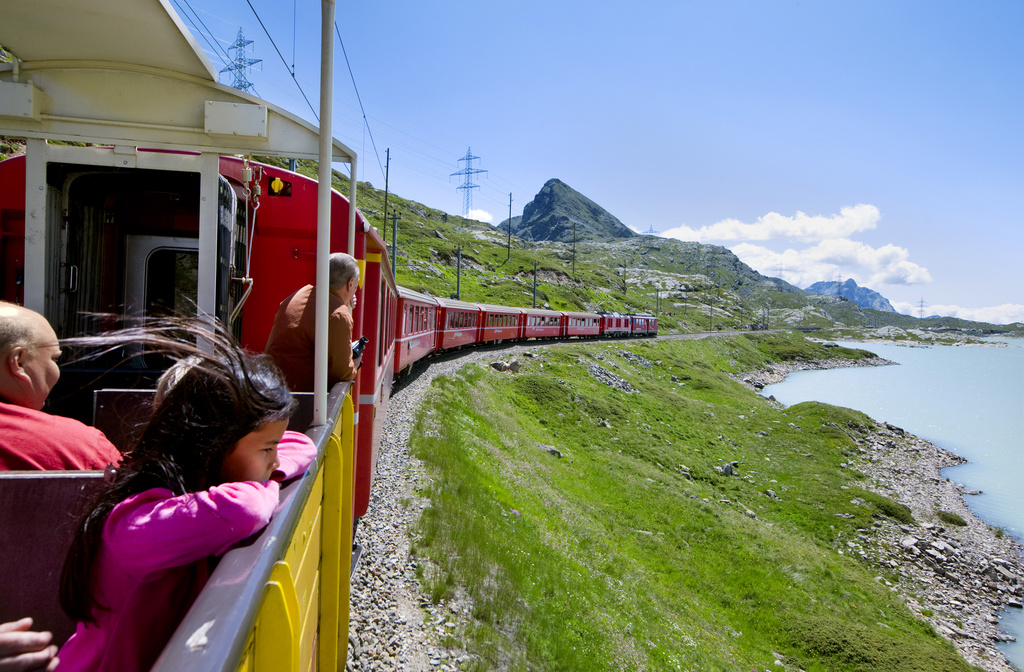
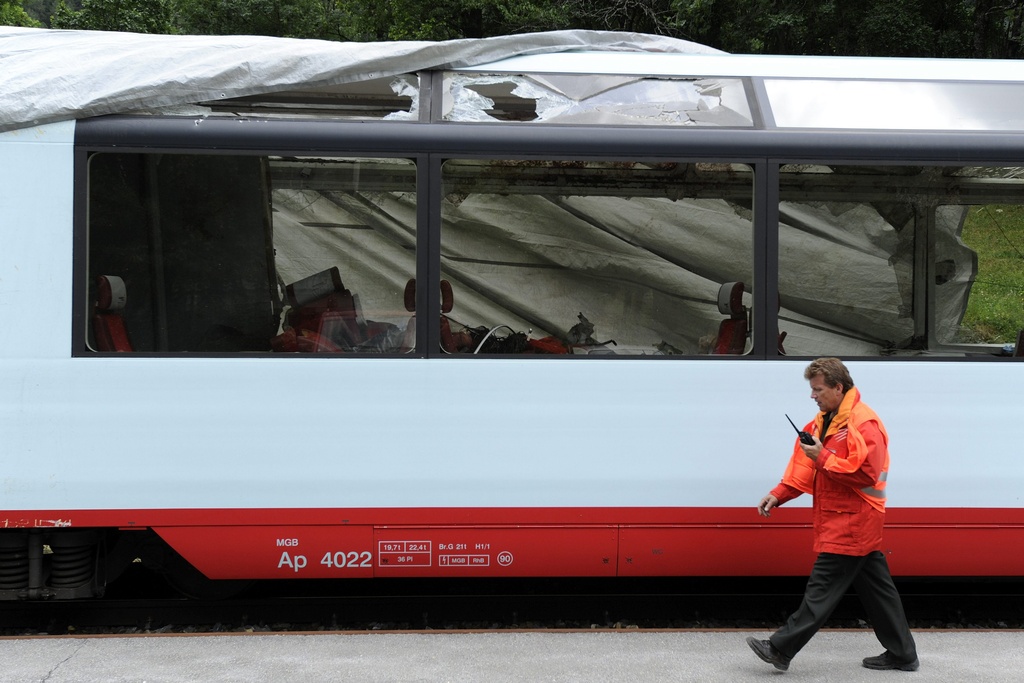
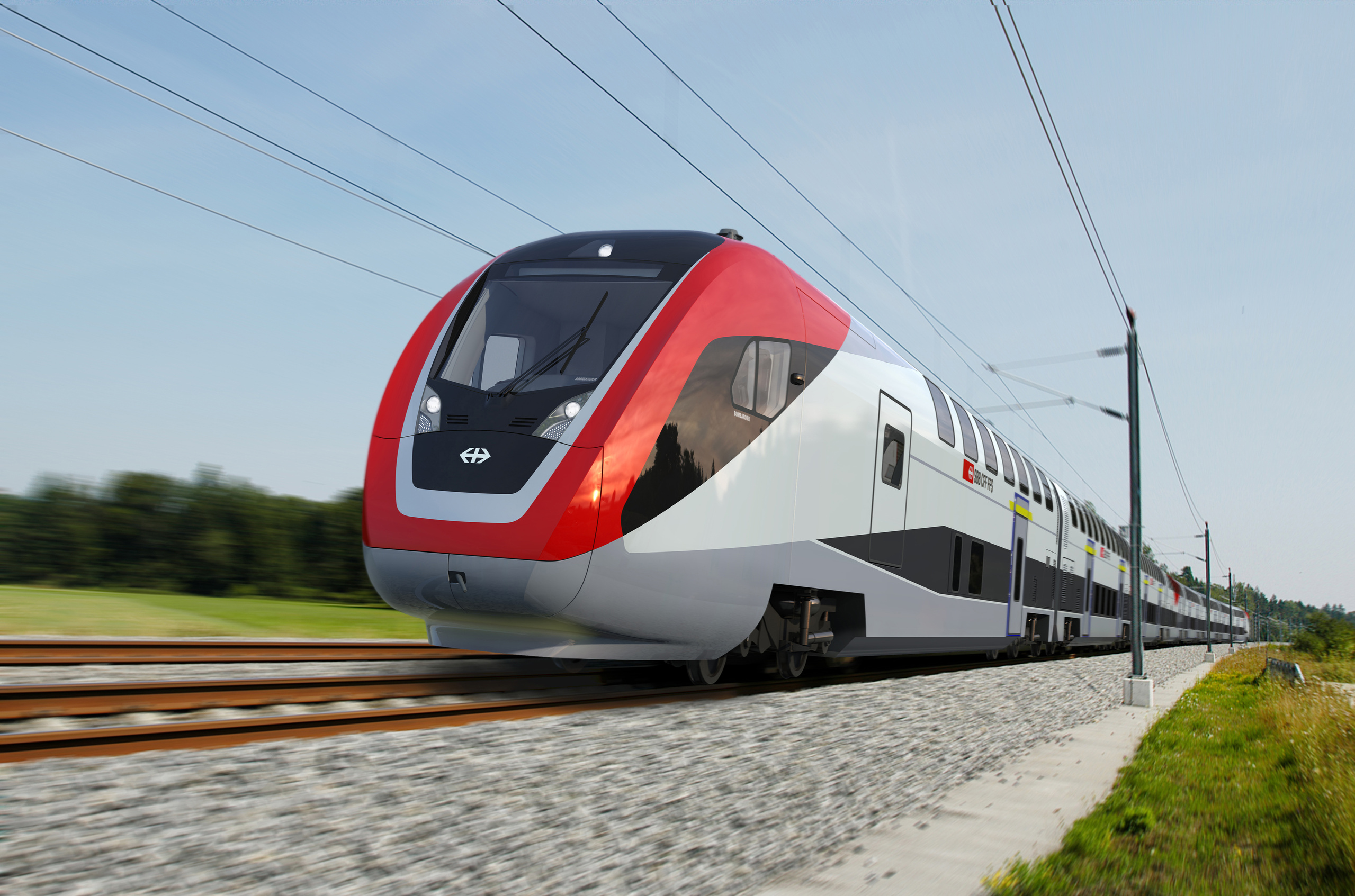

You can find an overview of ongoing debates with our journalists here . Please join us!
If you want to start a conversation about a topic raised in this article or want to report factual errors, email us at english@swissinfo.ch.